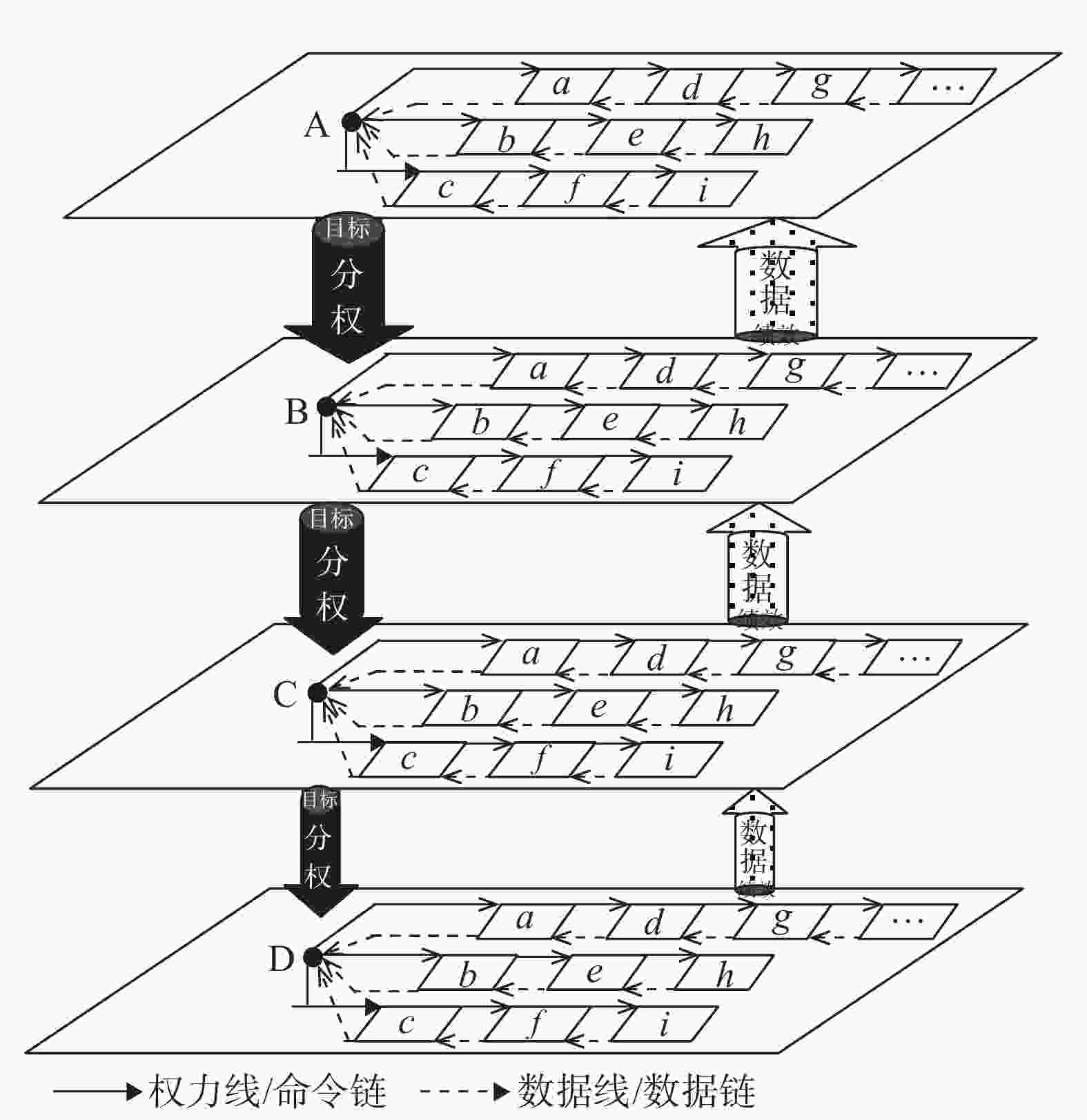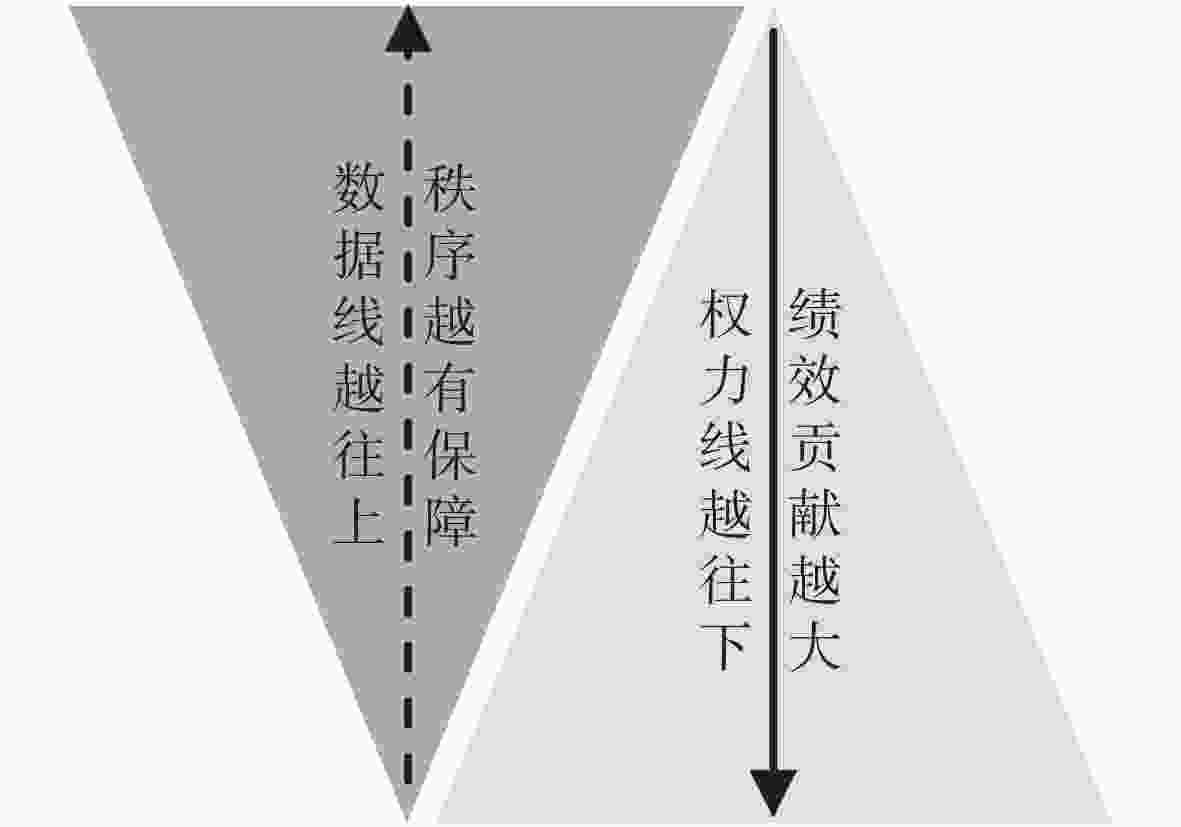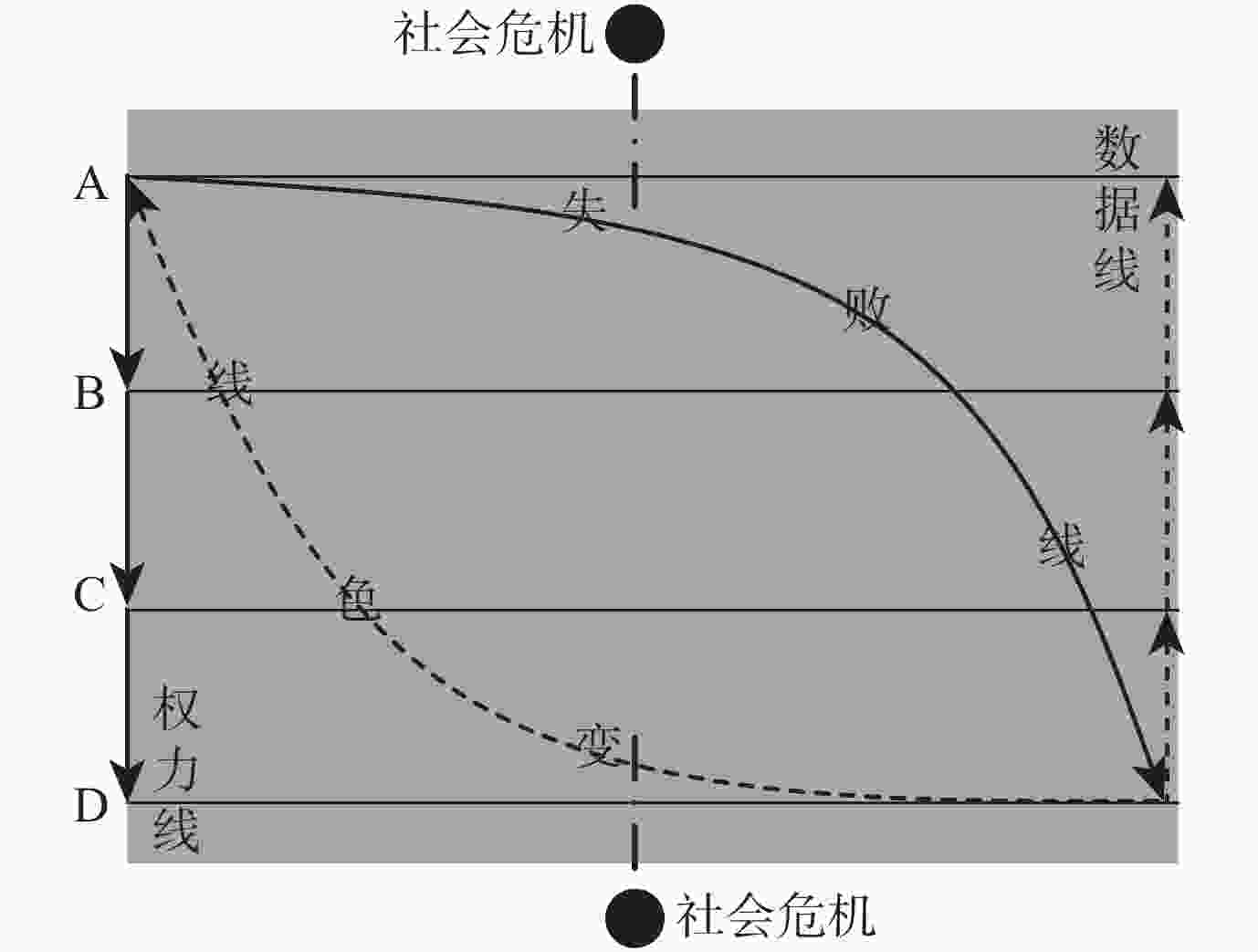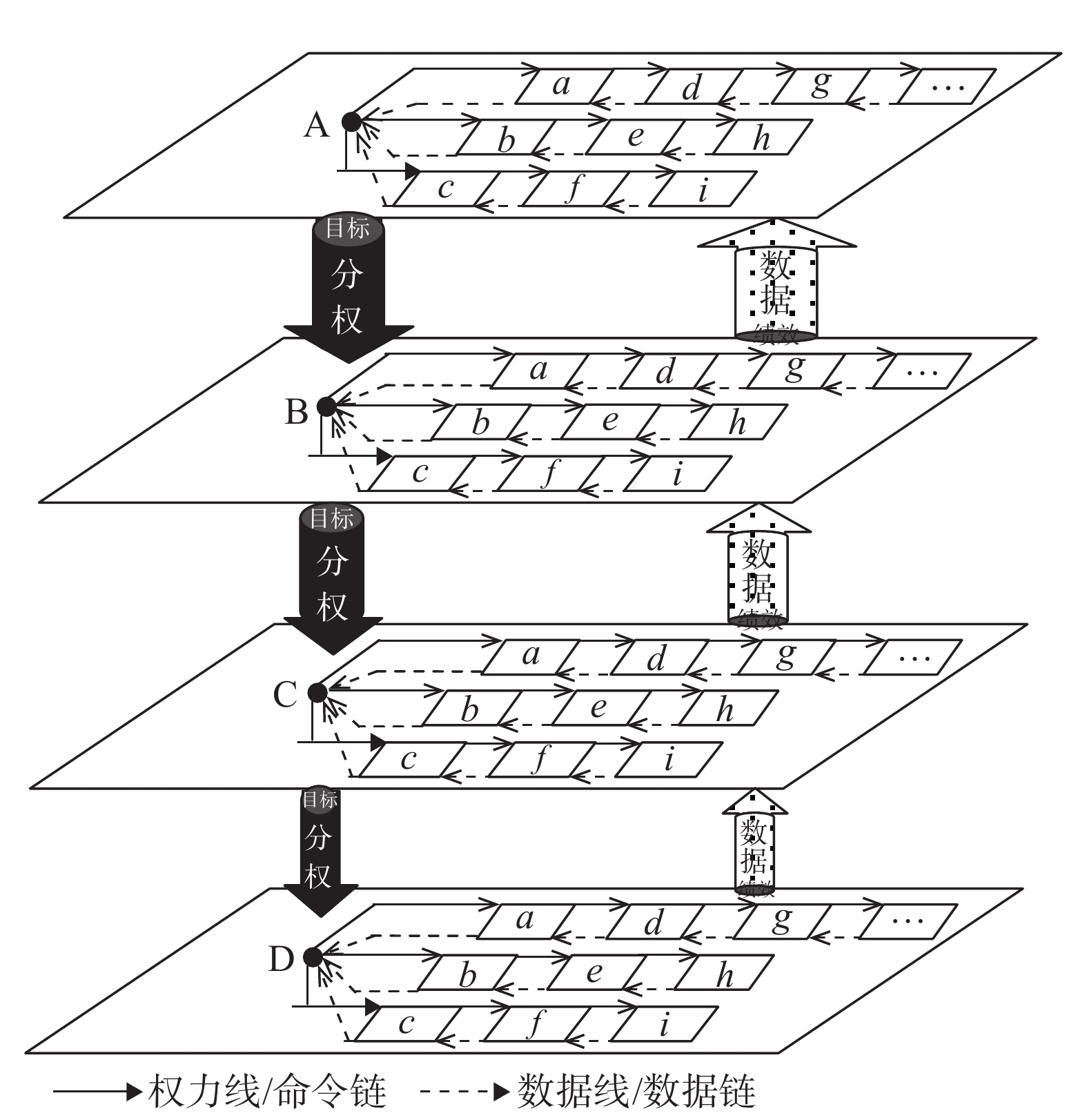国家治理现代化过程中科层组织的内生风险及防控—“秩序—绩效”的矛盾运动与调节
The Endogenous Risks of the Bureaucratic Organization and their Prevention and Control during the National Governance Modernization
-
摘要: 在每个国家的治理能力与治理体系走向现代化的过程中,科层是各行各业正式组织的共有特征,是各行各业心往一处想、劲往一处使的“最大公约数”。由于科层组织中存在着权力—目标、秩序—绩效、秩序—绩效数据相互交易的矛盾运动规律,故而其内生性地存在着“组织失败”“组织变色”“组织蜕变”“社会危机”等风险,稍有不慎这些风险与危机就会使得组织崩溃。要预防这些风险,就需要从战略上明确科层存在的第一要义在于实现组织的宗旨与目标,使用权力的前提与目的都在于实现组织的宗旨与目标,这是组织的“初心”所在。在此过程中要充分尊重科层的客观运行规律,在保证“初心”实现的前提下,允许各层级组织享有使用自身权力的自由,享有合理的“秩序失序”权利;在日常管理活动中,要开发组织稳定指数、组织变色风险指数、组织秩序—绩效协同发展指数,用以诊测科层组织日常性与系统性风险与危机,并针对性地进行风险与危机防控。Abstract: In each country’s modernization process of the governance capabilities and systems, bureaucracy is a common feature of all formal organizations and the “greatest common divisor” for all walks of life to work closely together to pursue the shared goals. Due to the existence of contradictory movement laws of power-goal transactions, order-performance transactions and order-performance data transactions, the risks of organization failure, organization discoloration, organization transformation, and social crisis endogenously exist in bureaucratic organizations. With a little carelessness, these risks and crises will cause the organization to collapse. To prevent these risks, it is necessary to clarify from a strategic perspective that the first essence of the existence of bureaucracy is to achieve the purpose and goals of the organization. Both the premise and purpose of using power are to achieve the purpose and goals of the organization. This is the “original aspiration” of the organization.
-



 下载:
下载:





 沪公网安备 31010102003103号
沪公网安备 31010102003103号